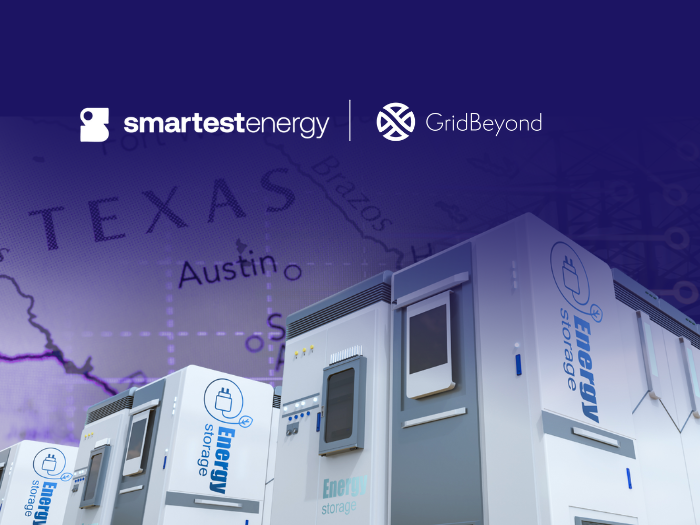News
better business decisions
Posted 1 year ago | 2 minute read

New process to connect EV charging stations in Ontario
Ontario has announced new measures that will make it easier to build and connect new public electric vehicle (EV) chargers to Ontario’s electricity grid. The new rules will take effect on May 27.
Today, each of Ontario’s 58 local electricity utilities have different procedures for connecting new public EV charging stations, with different timelines, information requirements and responsibilities for customers. The measures, unveiled on February 16, will instead see local utility companies follow the Electric Vehicle Charging Connections Procedure (EVCCP). The procedure includes the implementation of standardized forms, timelines, and information requirements which will make it easier for EV charging providers to deploy chargers in all regions of the province.
Ontario’s EVCCP applies to public charging stations along highways, service centres, workplaces, and multi-use residential buildings.
This initiative is part of the government’s larger plan to support the adoption of electric vehicles and make EV charging infrastructure more accessible, which includes:
- The EV ChargeON program – a $91M investment to support the installation of public EV chargers outside of Ontario’s large urban centres, including at community hubs, Ontario’s highway rest areas, carpool parking lots, and Ontario Parks
- The new Ultra-Low Overnight price plan which allows customers who use more electricity at night, including those charging their EV, to save up to $90 per year by shifting demand to the ultra-low overnight rate period when province wide electricity demand is lower
- Making it more convenient for electric vehicle owners to travel the province with EV fast chargers now installed at all 20 renovated ONroute stations along the province’s busiest highways, the 400 and 401.
The initiative also builds on the government’s Driving Prosperity: The Future of Ontario’s Automotive Sector plan which aims to create a domestic EV battery ecosystem in the province and position Ontario as a North American automotive innovation hub by working to support the continued transition to electric, low carbon, connected and autonomous vehicles.

Canada- Clean tech, electrification, and energy storage incentives- Whitepaper
This white paper is designed to help you understand exactly what demand response is, how it works, what benefits it delivers, and how it fits into a holistic energy management strategy.The importance of market forecasting, revenue stacking, dispatch optimization, and auction strategies in ensuring that battery storage assets achieve their full value potential.
Learn more





